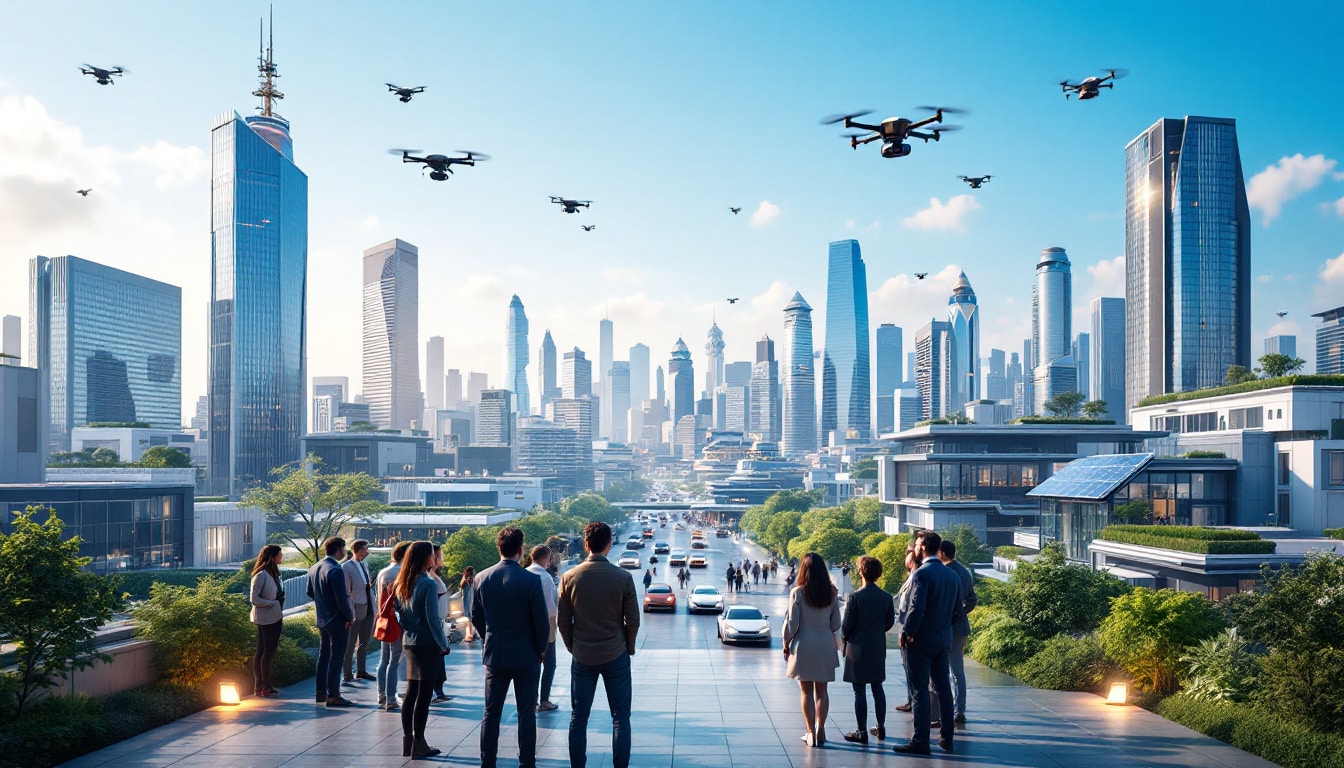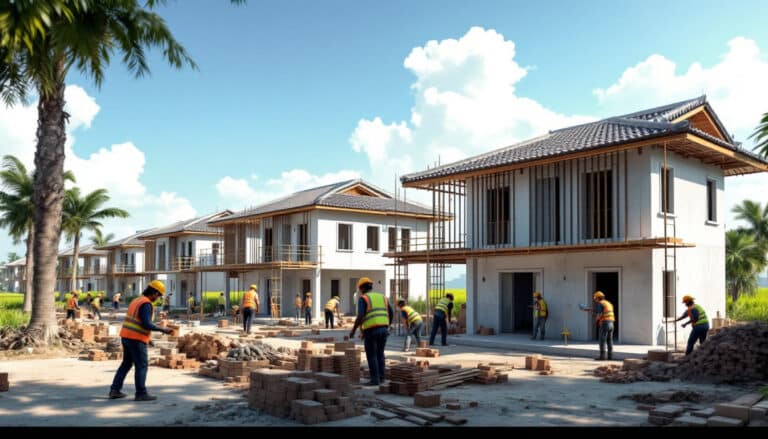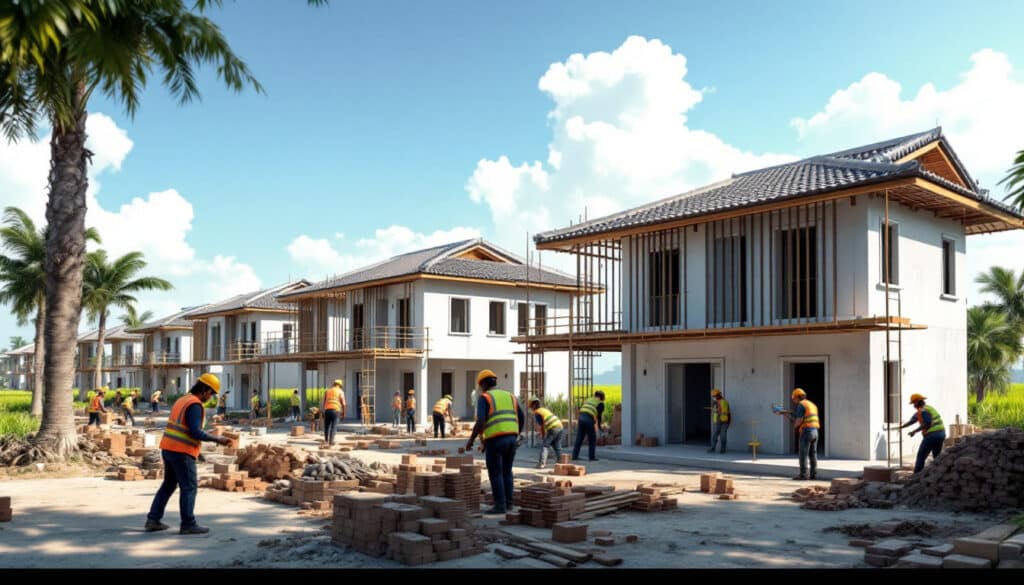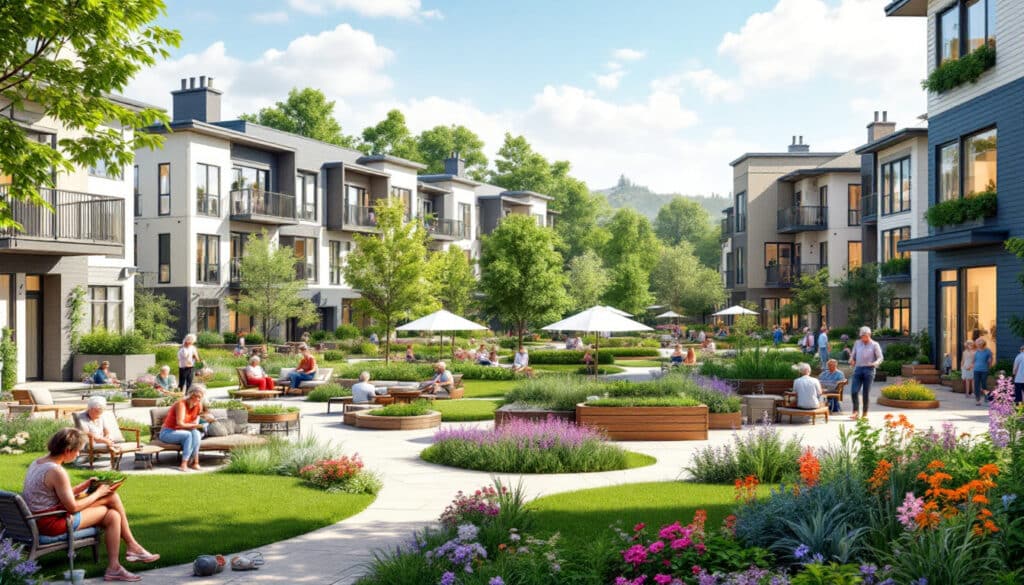With each visit, cookies shape your online experience.
They are essential for providing smooth and personalized services.
Thanks to the data collected, we ensure the security and performance of our platforms.
We use cookies and data to provide and maintain our services, detect failures, and protect you against spam, fraud, and abuse. By measuring audience engagement and site statistics, we understand how our services are used and can improve their quality. If you choose “Accept all,” we will also use cookies and data to develop new services, measure the effectiveness of advertisements, and display personalized content based on your preferences.
Table of Contents
ToggleIntroduction to the Smart Buildings Market
The smart buildings market is experiencing rapid growth, driven by technological advancements and an increased demand for sustainable and efficient solutions. By 2030, this trend is expected to strengthen, radically transforming the way we design, build, and use urban and residential spaces. Smart homes and buildings are no longer a futuristic vision, but a constantly evolving reality that meets users’ needs for comfort, security, and energy performance.
The integration of technologies such as the Internet of Things (IoT), artificial intelligence (AI), and automated resource management allows for the creation of adaptive and responsive environments. These innovations not only offer a better quality of life but also significant economic opportunities for the construction and real estate sectors.
For a detailed analysis of the outlook and forecasts up to 2031, check out this article that explores various applications and market dynamics in North America.
What are the main application sectors for smart buildings?
The application sectors for smart buildings are varied and rapidly expanding. Among the most notable are:
- Residential: Smart homes offer advanced features such as automated energy management, sophisticated security systems, and personalized comfort solutions. These innovations meet the growing consumer demand for more efficient and eco-friendly homes.
- Commercial: Smart office buildings optimize space usage, improve security, and increase energy efficiency. Integrated building management systems (BMS) enable real-time monitoring and automatic adaptation to changing conditions.
- Industrial: In the industrial sector, smart buildings facilitate predictive maintenance, reduce energy costs, and enhance operational safety. The integration of sensors and automated systems allows for more effective management of resources and infrastructures.
- Educational and Health: Educational and health institutions also benefit from smart technologies, improving facility management, occupant safety, and the quality of services offered.
To explore innovative solutions to the housing crisis, check out this article that presents creative responses to this issue.
How do emerging technologies influence the development of smart buildings?
The rise of emerging technologies plays a crucial role in the development of smart buildings. Among these technologies, the Internet of Things (IoT) enables the interconnection of various devices, facilitating centralized management and communication between systems. Artificial intelligence and machine learning optimize the analysis of collected data, providing proactive recommendations for improving energy efficiency and infrastructure maintenance.
Moreover, 5G networks provide enhanced connectivity and reduced latency, essential for the smooth operation of automated systems and connected devices. Augmented reality (AR) and virtual reality (VR) enhance building design and management, allowing for simulations and real-time diagnostics.
Sustainability is also at the heart of technological innovations. Smart building materials, such as self-healing concrete and advanced thermal insulators, contribute to reducing the carbon footprint of buildings. The use of renewable energy sources, such as integrated solar panels and energy management systems, makes buildings more self-sufficient and environmentally friendly.
For a wood-focused perspective in the building sector, visit this article.
What are the economic advantages of smart buildings for investors and owners?
Smart buildings offer a multitude of economic advantages for both investors and owners. First, the optimization of energy consumption results in substantial savings on operational costs. Automated energy management systems adjust resource use in real-time, thus reducing energy bills and increasing return on investment (ROI).
Second, the real estate value of smart buildings tends to increase thanks to their advanced features and energy efficiency. Properties equipped with smart technologies attract more buyers and tenants, meeting the growing demand for modern and sustainable spaces.
Moreover, smart buildings benefit from tax incentives and government grants aimed at promoting sustainability and innovation. These financial advantages stimulate investments in this sector, facilitating the development of ambitious and innovative projects.
In addition, predictive maintenance and proactive infrastructure management reduce repair and replacement costs, extending the lifespan of buildings and minimizing costly interruptions. This proactive approach also ensures greater occupant satisfaction, enhancing the reputation and value of real estate.
What challenges must be addressed to ensure the growth of smart buildings by 2030?
Despite the numerous opportunities offered by smart buildings, several challenges must be overcome to ensure sustainable growth until 2030. One of the main obstacles is the need for robust and secure technological infrastructure. Protecting sensitive data and preventing cyberattacks are essential to ensure user trust and the reliability of smart systems.
Another major challenge is the high initial cost of smart technologies. Although the long-term savings are substantial, the initial investment can be a deterrent for some owners and investors. Innovative financing solutions and additional incentives could facilitate the adoption of these technologies.
The complexity of integrating various systems and technologies also poses a challenge. It is crucial to develop interoperable solutions that allow seamless communication between different devices and platforms. This requires standardization of communication protocols and increased collaboration among industry stakeholders.
Additionally, the lack of specialized skills in the field of smart buildings can hinder their deployment. Adequate training and promotion of dedicated educational programs are necessary to fill this gap and support the sector’s growth.
How do public policies influence the future of smart buildings?
Public policies play a decisive role in the development and adoption of smart buildings. Regulations promoting energy efficiency and sustainability encourage owners and developers to invest in smart technologies. Strict standards for green construction and certifications, such as LEED, incentivize the integration of sustainable practices and technologies.
Governments also support the sector through grants and tax incentives, thereby reducing investment costs and making smart building projects more attractive. Specific financing programs and public-private partnerships facilitate access to the necessary resources for the development of innovative projects.
Furthermore, research and development (R&D) policies are essential for stimulating innovation in the field of smart buildings. Supporting R&D initiatives enables the development of new technologies and improves existing solutions, thereby enhancing the competitiveness of the sector.
Awareness and education also play a crucial role. Awareness campaigns about the benefits of smart buildings and dedicated educational programs encourage broader adoption and a better understanding of the available technologies.
#
















